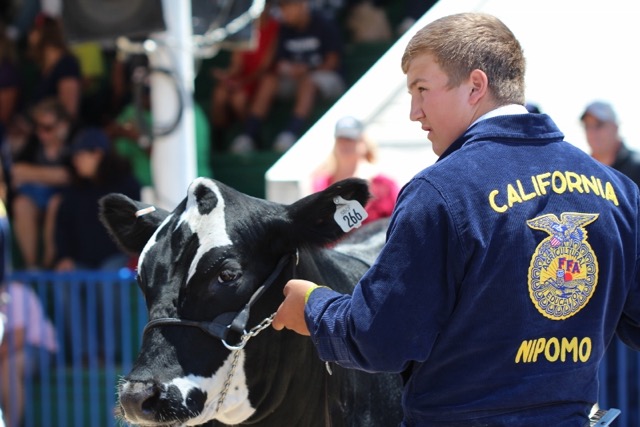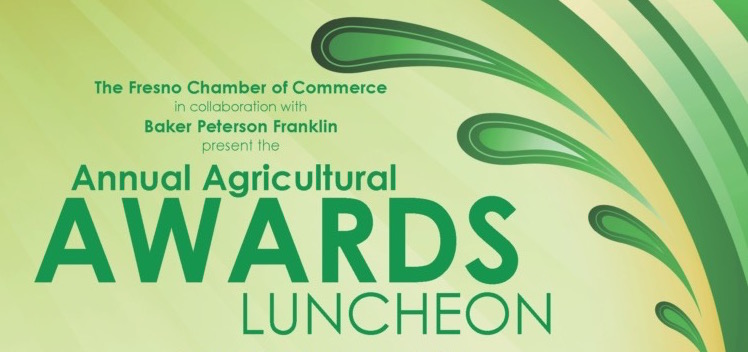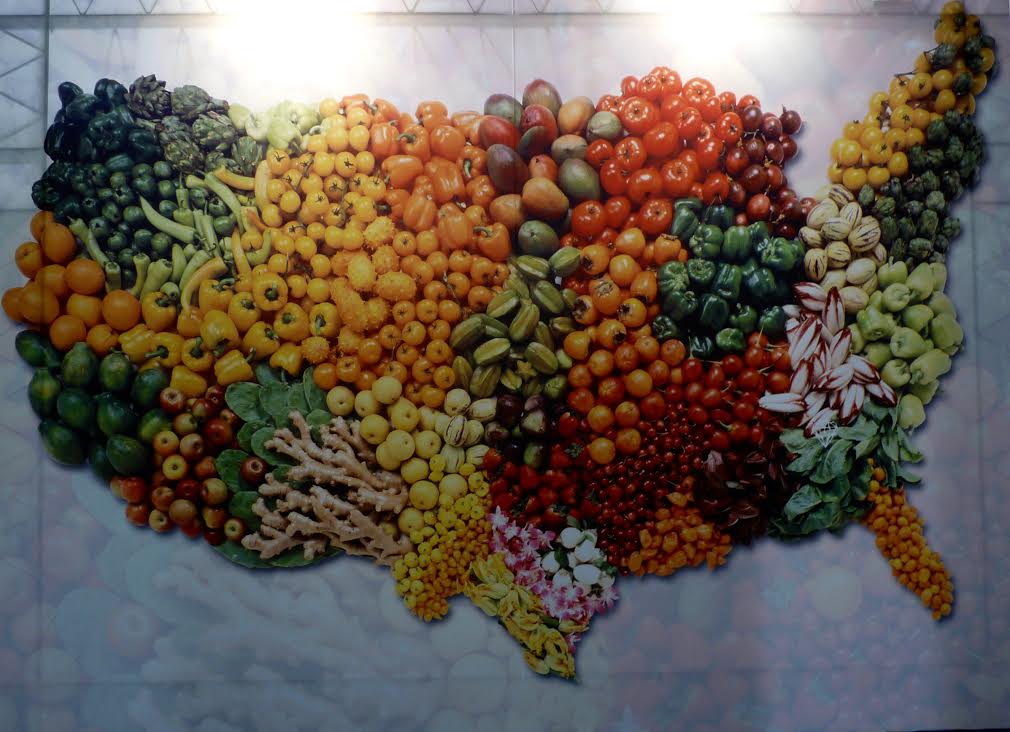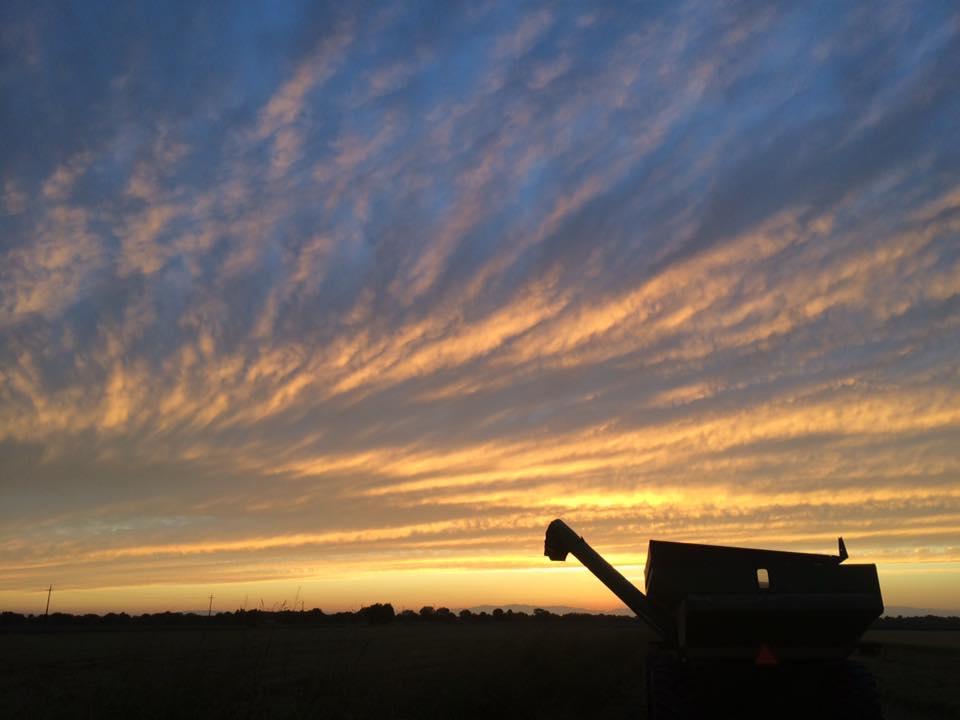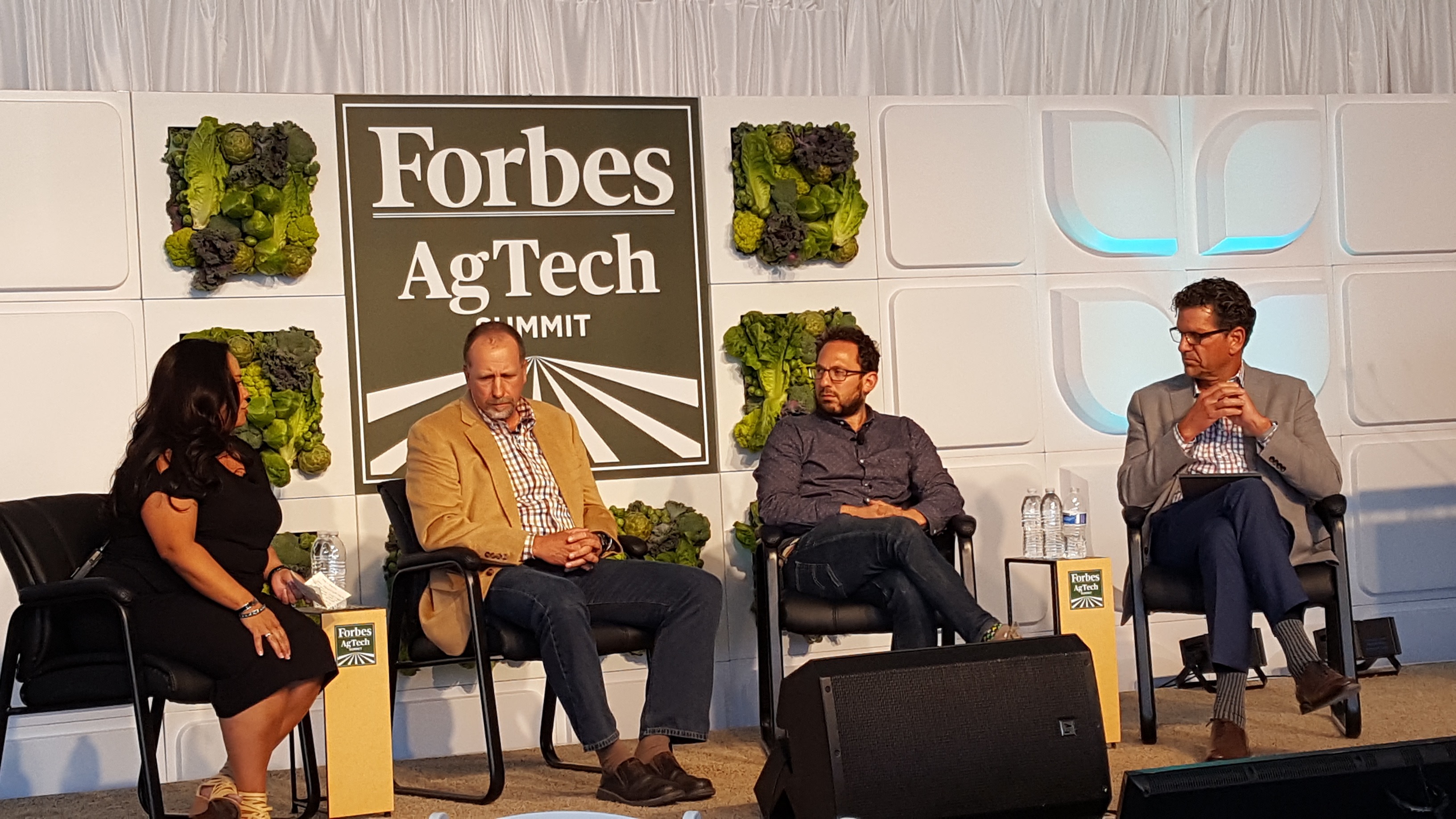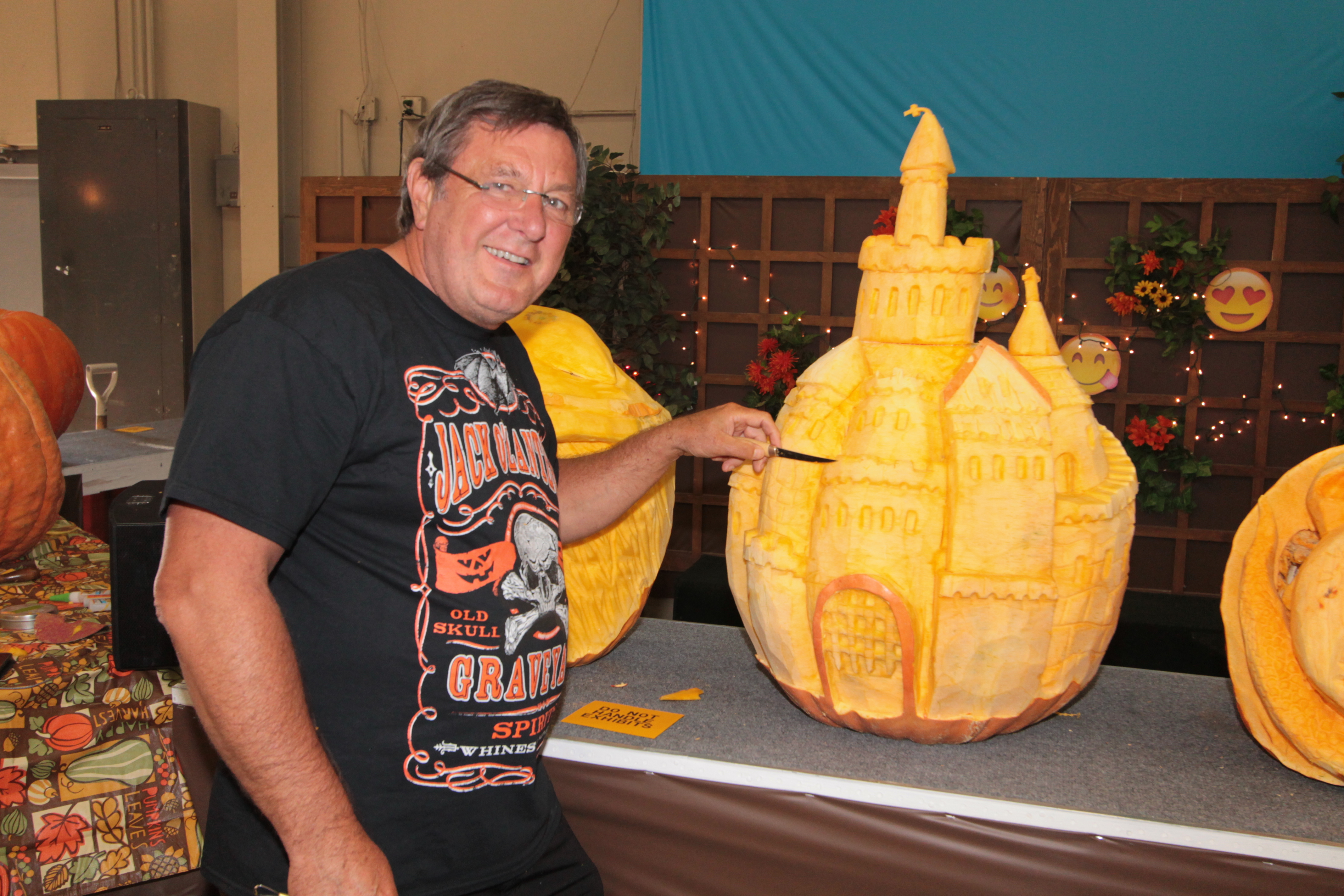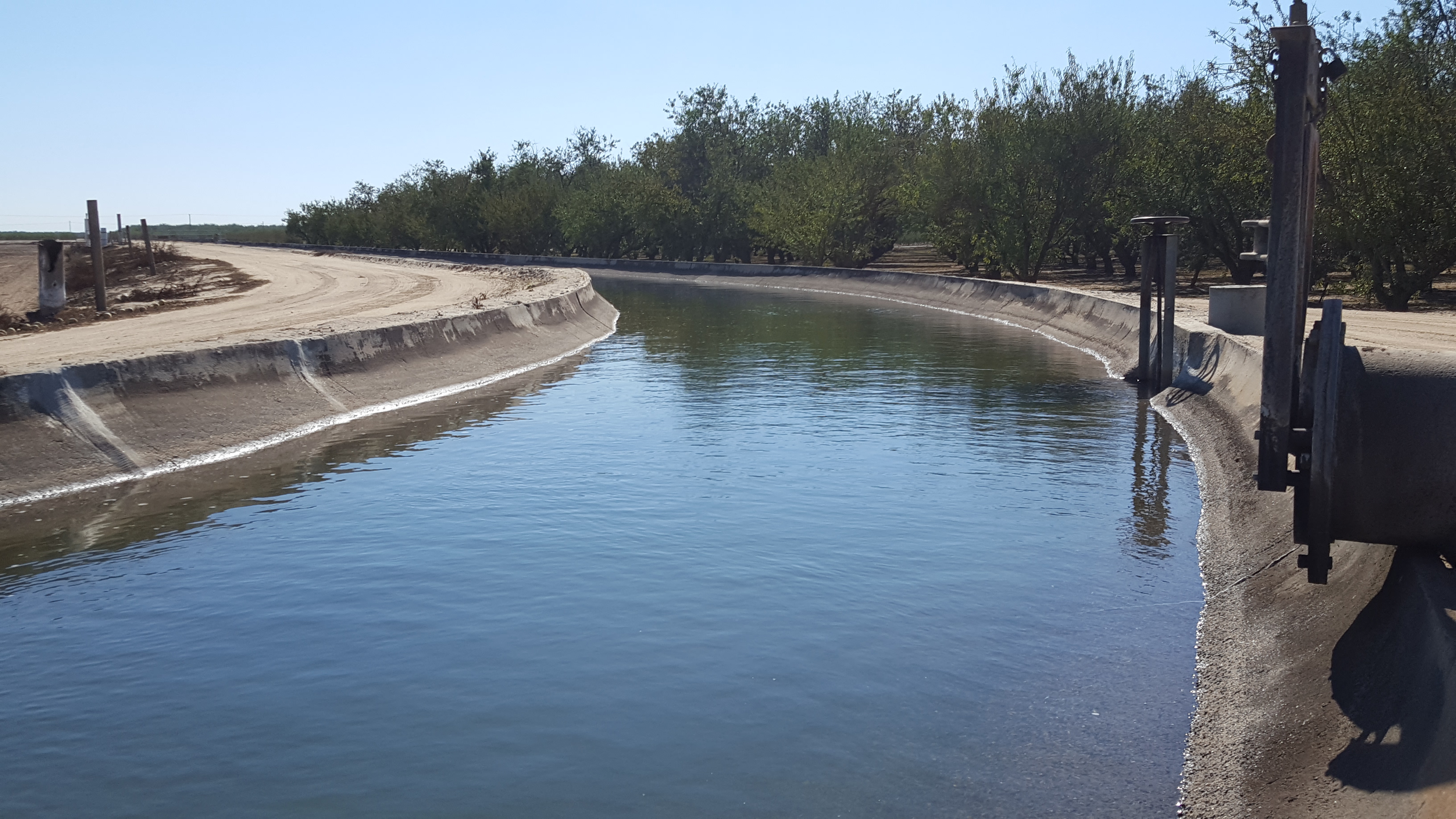Celebrating California Agriculture
Celebrating California Agriculture – A Refreshing Perspective
By Laurie Greene, Editor
Peterangelo Vallis is the executive director of the San Joaquin Valley Winegrowers Association based in Kingsburg, CA. Today, he discusses the great care farmers put into their land.
“Hey, we don’t make any more land. God gave us a green earth. That is what we’ve got, and we live in the best possible place to grow virtually anything,” said Vallis.
“In most cases, anything that has been farmed here in California has been farmed for a hundred years. The soil is better now than it was naturally because we are taking better care of it. We’re putting more natural green material back into the ground,” Vallis explained.
“We are stewards of the land, and we have to be cognizant of that. We have to publicize that fact because farmers are the best people at caring for the land,” he said.
“I think oftentimes we are so busy caring for the land, we don’t do as good of a job pumping our chest up to everyone, going, ‘Hey! You know what? You come try to do this. You try to do it half as good as me, ‘because I’ve learned things from school. I’ve learned things from my family. I’ve learned things from generations. I’ve learned things just because I’m here doing my job and watching out,” Vallis said.
Vallis believes we need to widen the conversation and tell more people that farmers do the things they need to do; they do the things that benefit all society.
“We are proud of what we are doing. You know what? People who eat are the direct beneficiaries. Everyone who opens a can of beans. Everyone who goes and gets some lettuce out of the fridge. Everyone who eats beef, chicken or any other meat benefits from our taking care of the land to continue to produce,” he said.
“No farmer I know and no farmer I have ever met actively goes out and poisons our land, because then they can’t make food. Making food is what we are called to do.”





 “There are also a lot of opportunities in the industry other than starting your own farm,” Ryan pointed out. He
“There are also a lot of opportunities in the industry other than starting your own farm,” Ryan pointed out. He